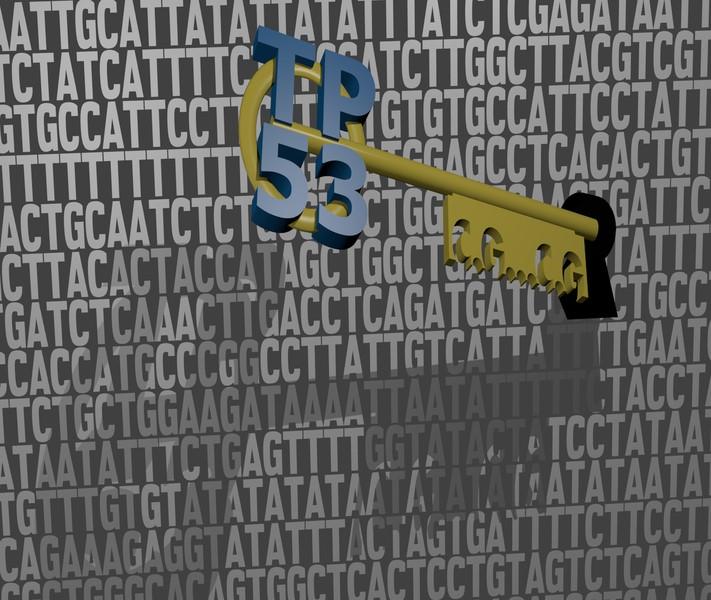
Geneticists from KU Leuven, Belgium, have shown that tumour protein TP53 knows exactly where to bind to our DNA to prevent cancer. Once bound to this specific DNA sequence, the protein can activate the right genes to repair damaged cells.
All cells in our body have the same DNA, yet they’re all very different. One cell may become a brain cell, the other a muscle cell. This is because not all genes are active – or ‘switched on’ – in every cell. Professor Stein Aerts and his team study the ‘switches’ that turn genes on and off. Gaining insight into these mechanisms is very important, because genetic defects and differences may not only be in our genes, but also in the ‘switches’ that control them.
It’s a known fact that genes are activated when a protein binds to a specific sequence on our DNA. But how does this protein find its way in our extraordinarily complex DNA? Scientists have thus far been assuming that one protein could never locate the exact DNA sequence to activate a specific gene all by itself – at least not in human beings. However, Professor Aerts and his colleagues from the Department of Human Genetics at KU Leuven, Belgium, have now shown that some of these proteins are in fact capable of locating their targets autonomously. Furthermore, the composition of some DNA switches turns out to be unexpectedly simple.
“We used next-generation sequencing to test the capacity of DNA sequences to act as switches for more than 1500 DNA sequences at the same time,” explains Professor Stein Aerts. By way of comparison: in the past, researchers had to test all switches one by one. “We then used supercomputers and advanced computer models to examine the differences between effective and non-effective switches. That’s how we discovered that TP53 is able to locate the exact DNA sequence to which it needs to bind – all by itself.”
“The protein TP53 plays a crucial role in the prevention of cancer. When a cell is damaged – because of UV or radioactivity, for instance – TP53 switches on the right genes to repair the cell. A cell sometimes loses TP53, so that cancer can start developing there. In about 50% of all cancers, there’s a problem with the protein TP53. That’s why it’s so important to unravel its underlying mechanisms.”
The findings of this study constitute a promising step towards unravelling the regulatory DNA code. The new techniques that were developed for this study will now be used to unravel more complex codes and to map more DNA switches. This is necessary to pave the way for future therapies that can specifically target the DNA switches to slow down the development of cancer.
###
Media Contact
Stein Aerts
[email protected]
32-163-30710
@LeuvenU
http://www.kuleuven.be/english/news?
The post Cancer-preventing protein finds its own way in our DNA appeared first on Scienmag.





